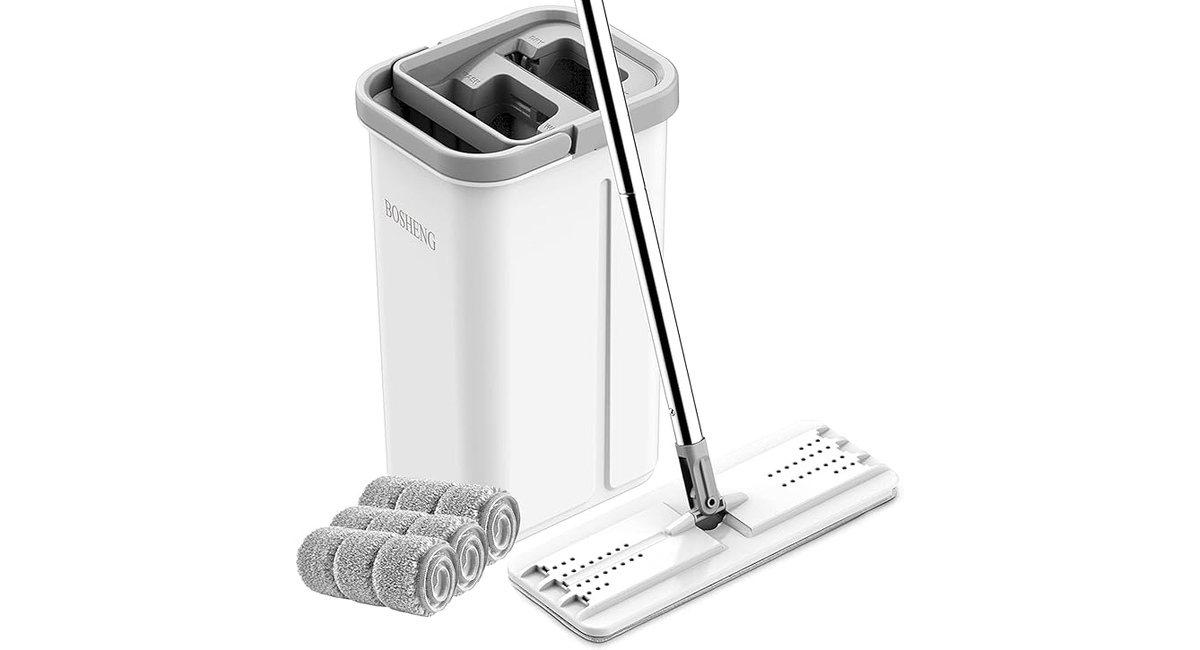
A wringer washing machine is a type of washer that uses rollers to squeeze excess water from clothes. It combines washing and rinsing functions with a manual wringing process.
Wringer washing machines were popular before the advent of modern automatic washers. These machines efficiently cleaned clothes while minimizing water usage. Users placed wet garments between two rollers, which squeezed out water, making drying quicker. Although less common today, wringer machines are still valued for their simplicity and effectiveness.
They appeal to those seeking a nostalgic laundry experience or those living in areas with limited water access. Their mechanical design requires minimal electricity, making them eco-friendly. Exploring the features of a wringer washing machine can help you determine if it’s the right choice for your laundry needs.
What Is A Wringer Washer?
A wringer washing machine is a classic appliance that many people remember from the past. It combines old-fashioned methods with modern convenience. A wringer washer uses rollers to squeeze out water from clothes after washing.
This device is especially useful in places where modern washing machines are not available. Many people still appreciate its efficiency and simplicity, making it a popular choice in various households.
Basic Components
The wringer washer has several key parts that make it work effectively. Understanding these components helps users operate it properly. Here are the main parts:
- Tub: The large basin where clothes are soaked and washed.
- Agitator: A central post that moves clothes around in the tub.
- Wringer Rollers: Two rubber rollers that squeeze out water after washing.
- Drainage Hose: A hose that allows dirty water to flow out.
- Motor: Powers the agitator and wringer.
Here’s a simple table showing the components:
| Component | Function |
|---|---|
| Tub | Holds water and clothes for washing. |
| Agitator | Moves clothes to clean them. |
| Wringer Rollers | Squeezes out excess water. |
| Drainage Hose | Removes dirty water. |
| Motor | Powers the machine. |
Many users find that a wringer washer can handle tough stains better than a Roper washer machine. It’s a reliable option for those who want to avoid the smell that sometimes comes from modern washing machines.
How It Works
A wringer washer operates through a simple yet effective process. First, fill the tub with water and detergent. Then, load the clothes into the tub. The agitator moves the clothes around, cleaning them thoroughly.
After washing, it’s time to wring out the clothes. This is where the wringer rollers come in. Here’s how it works step by step:
- Turn off the agitator after the wash cycle.
- Position the wringer rollers above a bucket or sink.
- Carefully feed the wet clothes into the rollers.
- Crank the handle to squeeze out water.
- Hang the clothes to dry.
Using a Comfee portable washing machine is convenient, but a wringer washer can be more effective for some tasks. Many users find that clothes smell less when using a wringer because it wrings out more water, preventing mildew. This classic machine is still a strong choice for efficient laundry care.
Advantages Of Wringer Washers
The Wringer Washing Machine is a classic appliance that combines simplicity with effectiveness. Many people are finding again its advantages. Wringer washers are not just easy to use; they also offer numerous benefits for households. Understanding these advantages can help you decide if a wringer washer is right for you.
Energy Efficiency
Wringer washers are known for their energy efficiency. They consume less electricity compared to modern machines. This feature makes them eco-friendly and budget-friendly.
Here are some key points about their energy use:
- Wringer washers use less water, conserving this vital resource.
- They require lower energy consumption during the wash cycle.
- Using a wringer washer can reduce your utility bills.
To illustrate energy savings, here is a simple comparison:
| Type of Washer | Average Energy Use (kWh per load) |
|---|---|
| Modern Washing Machine | 1.5 – 2.0 |
| Wringer Washing Machine | 0.5 – 1.0 |
With less energy and water use, wringer washers can keep your laundry fresh and clean. No more worries about your washing machine stinks or washing machine smells. You can enjoy fresh clothes without harming the environment.
Cost-effective
Wringer washers are very cost-effective. They often have a lower purchase price than modern machines. Many people can afford them easily.
Here are some reasons why they save you money:
- Lower upfront costs mean you can spend less on a quality machine.
- Reduced energy and water bills help you save money monthly.
- Wringer washers have fewer parts, leading to lower repair costs.
Consider this list of benefits:
- Affordable initial investment.
- Great savings on energy bills.
- Minimal maintenance and repair costs.
Brands like Roper washer machine and Comfee portable washing machine offer models that are easy on the wallet. With a wringer washer, you invest in a reliable appliance that pays for itself over time. Enjoy clean clothes without breaking the bank!
Common Uses
The Wringer Washing Machine is a unique appliance that helps with laundry tasks. It has many common uses that make it a favorite for many households. This machine is designed to make washing clothes easier and more efficient. Whether you need to wash delicate fabrics or handle small loads, this machine serves its purpose well.
Ideal For Small Loads
The Wringer Washing Machine is perfect for small loads. It saves time and energy when washing a few items. This feature is especially useful for individuals and small families. With a roper washer machine, you can quickly wash clothes without wasting water or electricity.
Here are some benefits of using a wringer washing machine for small loads:
- Saves water: Uses less water than larger machines.
- Saves energy: Consumes less electricity.
- Easy to operate: Simple controls make it user-friendly.
- Compact design: Fits in smaller spaces easily.
Many people prefer the wringer machine for the following items:
| Item Type | Recommended Load Size |
|---|---|
| Shirts | 1-3 |
| Pants | 1-2 |
| Underwear | 5-10 |
The comfee portable washing machine is another option for those who want convenience and efficiency. It handles small loads well, making laundry day less stressful.
Best For Delicate Fabrics
Delicate fabrics need special care. The Wringer Washing Machine provides a gentle wash that protects these materials. Many washers can damage delicate items. The wringer machine ensures a safe cleaning process.
Here are some delicate fabrics that benefit from this machine:
- Silk: Requires a gentle touch to avoid damage.
- Lace: Needs careful washing to keep its shape.
- Wool: Can shrink if not washed correctly.
Some tips for washing delicate fabrics:
- Use cold water to prevent shrinkage.
- Choose a mild detergent for gentle cleaning.
- Do not overload the machine to avoid damage.
People often complain that their washing machine stinks or smells due to improper care. Using a wringer machine for delicate fabrics helps avoid these issues. By treating clothes with care, you can keep them looking fresh and new.
Maintenance Tips
The Wringer Washing Machine is a classic appliance that many people still use today. Proper maintenance keeps it running smoothly and extends its life. Regular care helps avoid issues like a washing machine that stinks or washing machine smells. Follow these tips to ensure your wringer washing machine remains in top shape.
Regular Cleaning
Regular cleaning is essential for your wringer washing machine. Dirt and soap residue can build up over time, leading to unpleasant odors.
Here are steps for effective cleaning:
- Wipe down the exterior weekly with a damp cloth.
- Clean the wringer rollers. Use warm, soapy water and a soft brush.
- Empty and clean the tub monthly. Use vinegar or baking soda to remove stains.
- Run a cleaning cycle with water and vinegar every few months.
To maintain a fresh smell, follow this table:
| Frequency | Cleaning Task |
|---|---|
| Weekly | Wipe down exterior |
| Monthly | Clean tub and wringer rollers |
| Every 3 Months | Run cleaning cycle with vinegar |
Ignoring these cleaning steps can lead to a washing machine that stinks. A clean machine helps to prevent bad smells and keeps your laundry fresh.
Parts Inspection
Inspecting the parts of your wringer washing machine is crucial. This step ensures everything works correctly and efficiently. Regular checks help avoid breakdowns and costly repairs.
Look for these key parts during inspection:
- Hoses: Check for leaks and cracks.
- Wringer rollers: Make sure they are clean and functioning properly.
- Drum: Inspect for any dents or rust.
- Electrical connections: Ensure they are secure and free of corrosion.
Consider this checklist:
| Part | What to Check |
|---|---|
| Hoses | Look for leaks and cracks |
| Wringer Rollers | Ensure they are clean and move freely |
| Drum | Check for dents or rust |
| Electrical Connections | Make sure they are secure |
Routine inspections help prevent a roper washer machine from failing suddenly. Catching problems early ensures your Comfee portable washing machine remains dependable.
Modern Alternatives
The Wringer Washing Machine has been a trusted household appliance for years. As technology evolves, modern alternatives have emerged. These new washing machines offer better efficiency and convenience.
Today, consumers can choose from various options that fit their needs. They aim to solve common laundry issues, like how a washing machine stinks or washing machine smells. Understanding these alternatives helps in making informed choices.
Comparing With Traditional Washers
Traditional washers, like the Roper washer machine, have served many homes well. They use a straightforward mechanism. Yet, they come with drawbacks, such as:
- Higher water usage
- Longer wash times
- Louder operations
Modern alternatives provide features that address these issues. They often include:
- Energy-efficient designs
- Shorter cycles
- Quieter operations
Here’s a quick comparison table:
| Feature | Traditional Washers | Modern Alternatives |
|---|---|---|
| Water Usage | High | Low |
| Wash Time | Long | Short |
| Noise Level | Loud | Quiet |
Modern machines, like the Comfee portable washing machine, are compact and effective. They are ideal for small spaces. They combine convenience and efficiency.
Emerging Technologies
Emerging technologies in washing machines offer exciting options. Smart washers connect to Wi-Fi. They allow users to control settings from their smartphones.
This feature helps tackle problems like washing machine smells. Smart sensors can detect load size, adjusting water and detergent use automatically.
Other technologies include:
- Steam cleaning for tough stains
- Self-cleaning cycles
- Advanced filtration systems
These innovations enhance user experience and laundry results. Smart features also reduce energy and water consumption. This helps the environment and saves money. Many modern machines now have:
- Touchscreen controls
- App notifications for cycle completion
- Custom wash programs
These advancements make laundry day easier and more efficient. Users can enjoy fresh and clean clothes without hassle.
Finding again the Charm of a 1960s Speed Queen Ringer Washer
Hello, homesteaders at heart! Tonight, I’m diving back into a beloved family tradition—using my 1960s Speed Queen ringer washer. I have a modern washer and dryer, but there’s something special about using old machines and doing things the old-fashioned way when I have time.
This particular washer holds sentimental value. It used to belong to my mom, and before that, it was my uncle’s grandmother’s. My mom passed it down to me, and it’s still going strong after all these years. These machines are simple and durable, unlike today’s high-tech washers that are complicated and expensive to repair.
Why I Love Using a Ringer Washer
The simplicity is part of the appeal. There’s no balancing loads or worrying about faulty parts. I mostly use this washer for my husband’s really dirty clothes.
The porcelain tub in this old machine has no holes, so it prevents grime from getting trapped and transferring to future loads, unlike modern washers. Plus, the strong agitation gets even the grimiest clothes clean.
Of course, after using the ringer, the clothes are ideal for line drying since they don’t spin out quite as much water. However, I usually put them in my modern washer for a quick spin cycle before tossing them in the dryer.
How It Works
Operating this vintage beauty is straightforward. I fill the tub with water, add soap, and let the machine do its work. The agitator is powerful, and the ringer—though you have to be careful with your fingers—does a fantastic job squeezing out the water.
This model has a push-release for extra safety in case anything gets caught in the ringer. It’s a great feature that gives peace of mind.
Perfect for Heavy-Duty Laundry
With my husband’s work in medium and heavy-duty trucks, our clothes get dirty and greasy. A gallon of stain remover barely lasts us a month! Thanks to the flexibility of this washer, I can choose any water temperature and wash for as long or as little as needed to get everything clean.
I also have a newer Maytag ringer washer from the 1970s that I’m restoring. It has a more modern feature—a foot pedal that controls the ringer. I can’t wait to have both machines up and running for an even more authentic laundry experience.
A Real Water Saver
One of the things I love most about these machines is their efficiency. Today’s washers focus on water-saving technologies, but these vintage washers are the real deal when it comes to conservation. You can wash multiple loads in the same water, starting with the least soiled items and ending with the dirtiest ones.
Caring for Vintage Machines
When I’m done with a load, I always take good care of the machine. I clean the tub thoroughly, release the pressure on the ringer to prevent the rubber from sticking, and make sure everything is dry and ready for the next use. It’s little rituals like this that keep these old washers going for decades.
If you ever come across an old ringer washer, don’t let it go to scrap. Repair shops and parts suppliers still exist, especially in areas with Amish communities where people commonly use these machines. Even if you don’t need one, pass it on to someone who could make good use of it.
Table of Contents
Frequently Asked Questions
What Is A Wringer Washing Machine?
A wringer washing machine is a manual device used to wash clothes, featuring rollers that squeeze out excess water.
How Does A Wringer Washing Machine Work?
The machine agitates clothes in soapy water, then uses rollers to remove water, making drying easier and faster.
Can I Use A Wringer Washing Machine For All Fabrics?
Most fabrics are suitable, but delicate items like silk may require extra care to prevent damage.
Where Can I Buy A Wringer Washing Machine?
You can find wringer washing machines at specialty appliance stores, online retailers, and some second-hand shops.
Conclusion
A wringer washing machine offers efficiency and simplicity for laundry tasks. Its classic design can save water and energy. Many users appreciate the hands-on approach it brings to washing clothes. Embracing this timeless appliance can enhance your laundry routine while providing a touch of nostalgia.
Consider trying one for your home today.

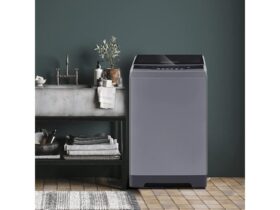
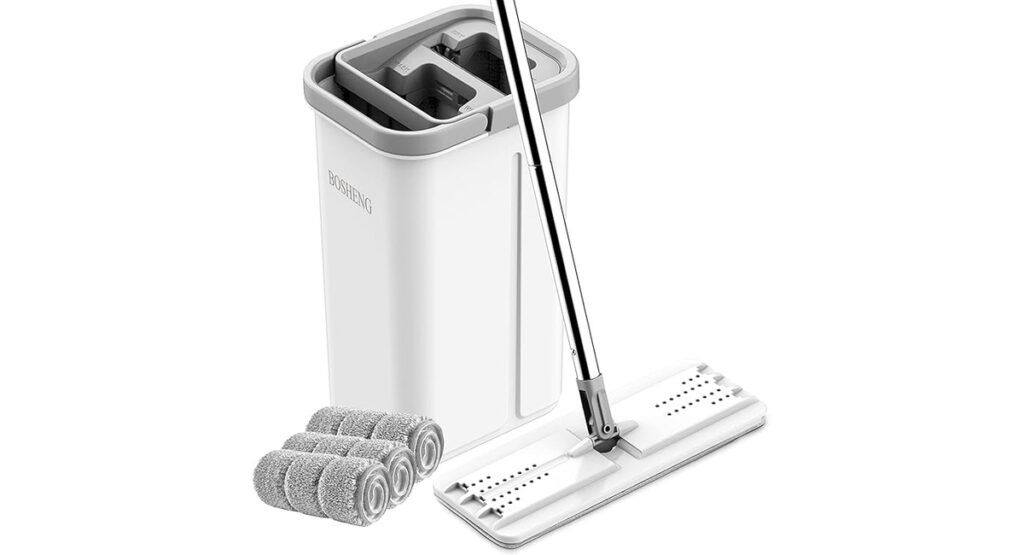
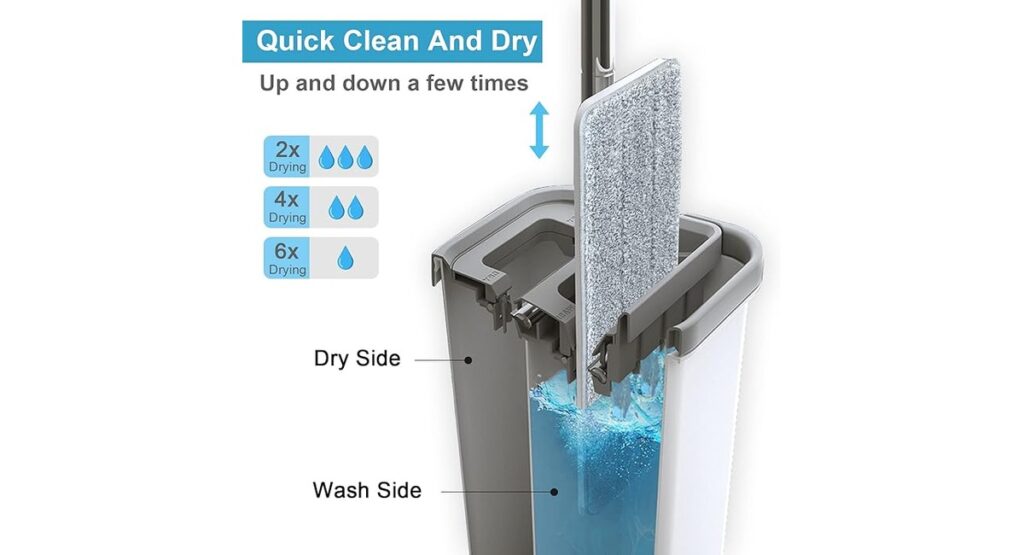
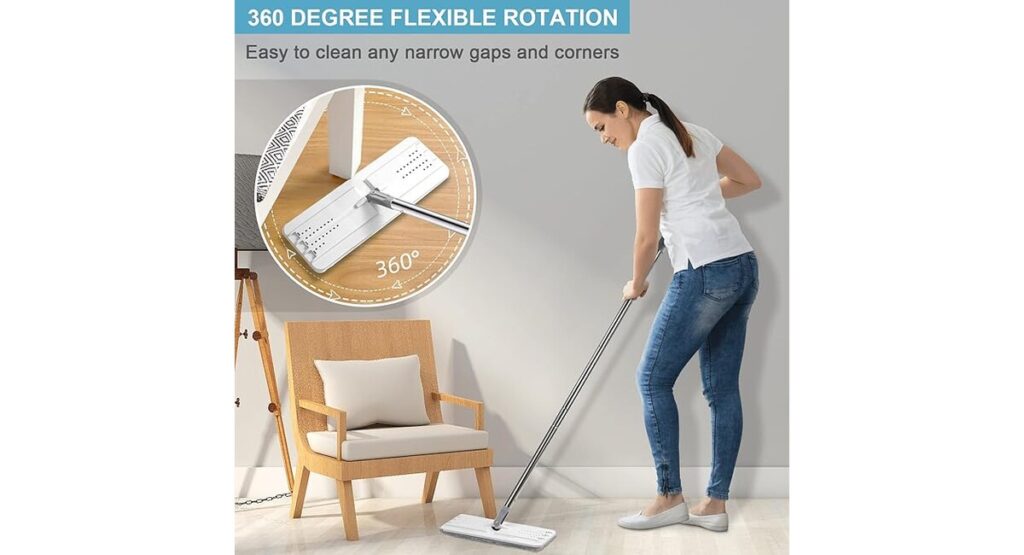
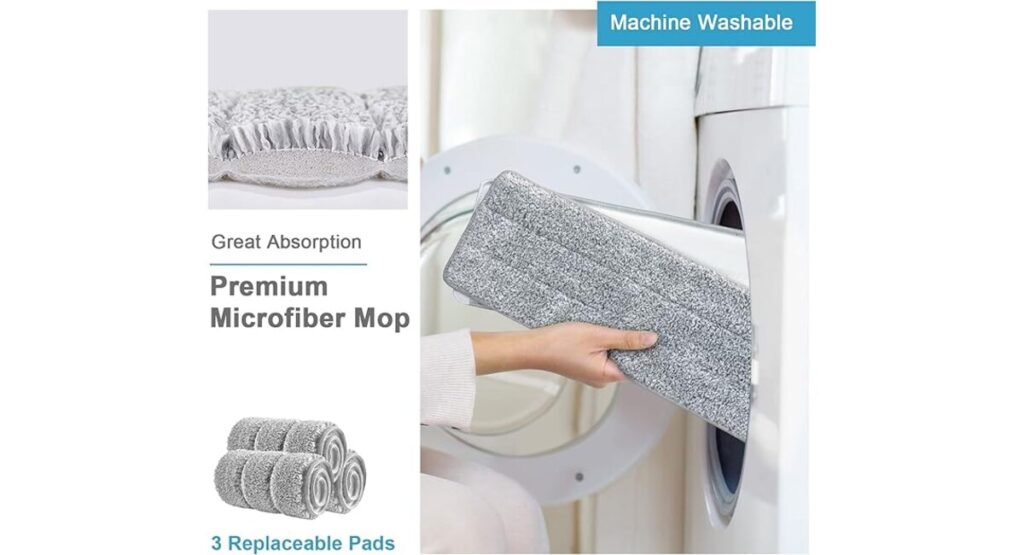
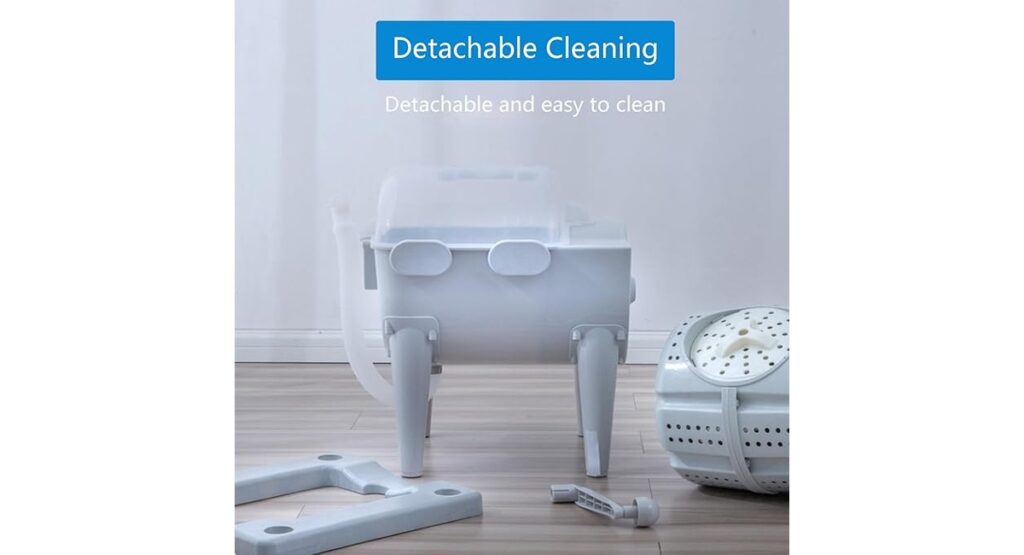
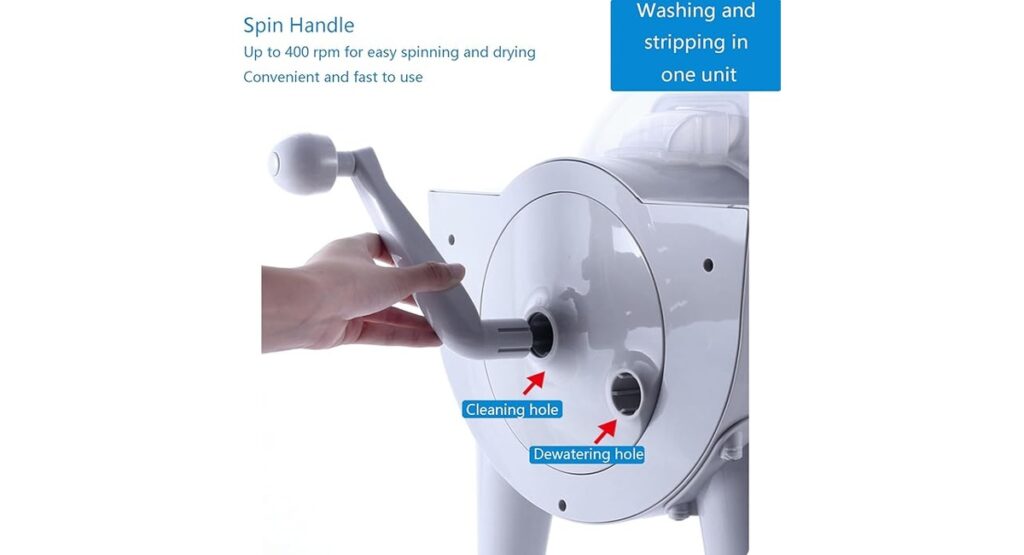
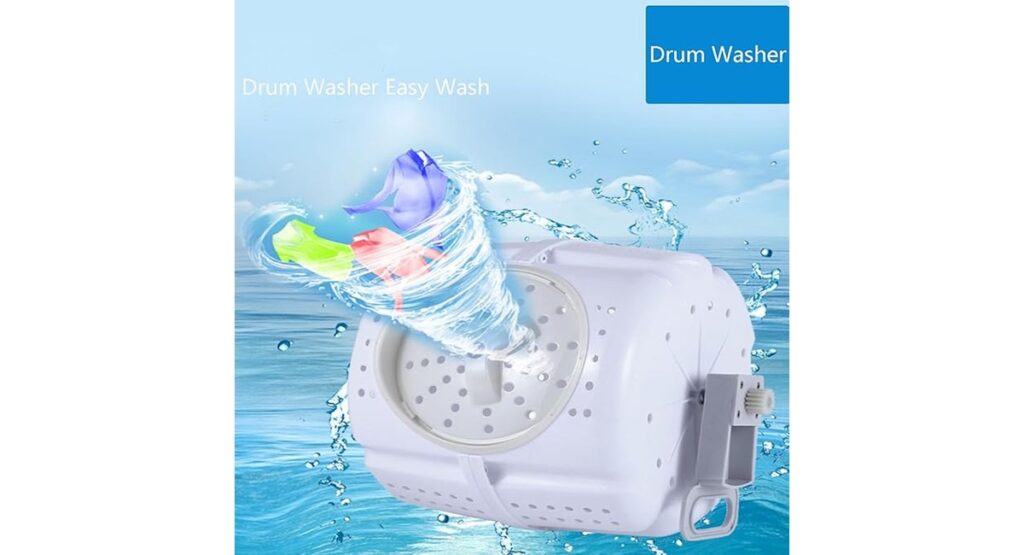
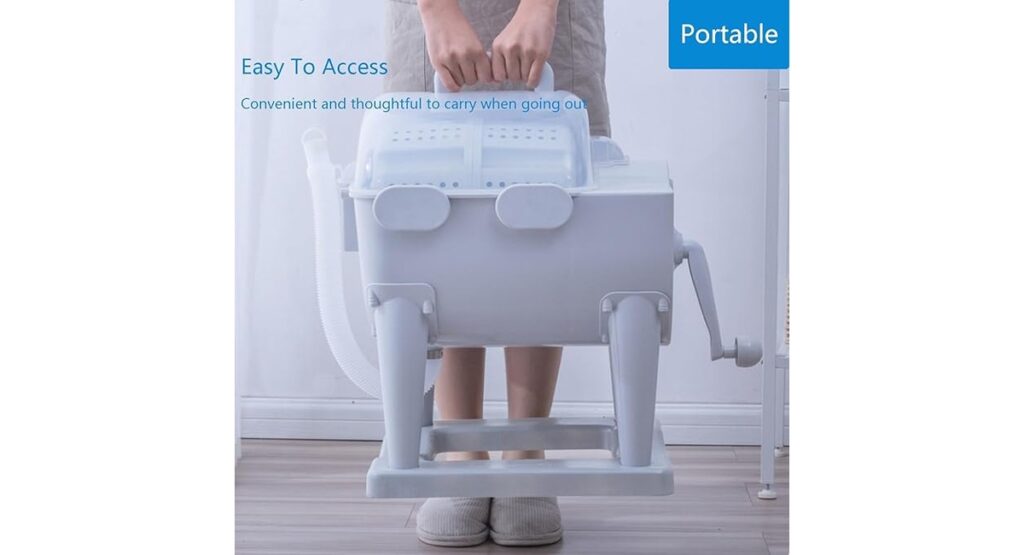
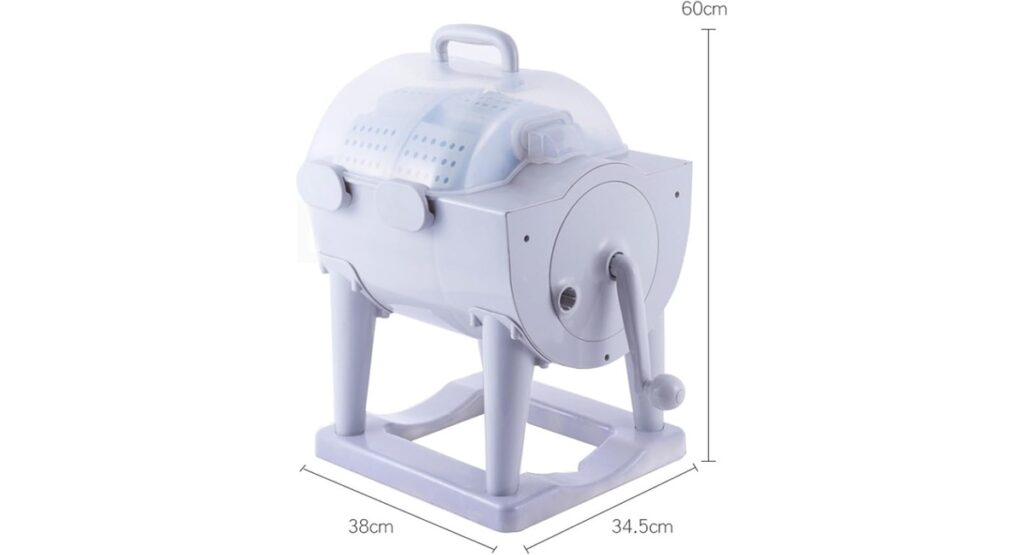
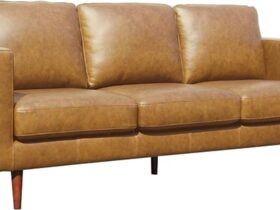



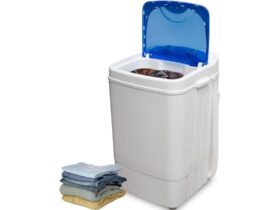
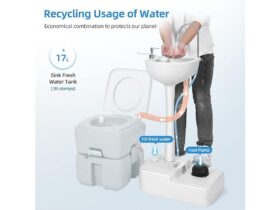
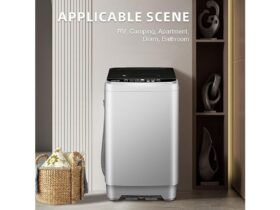
Leave a Reply